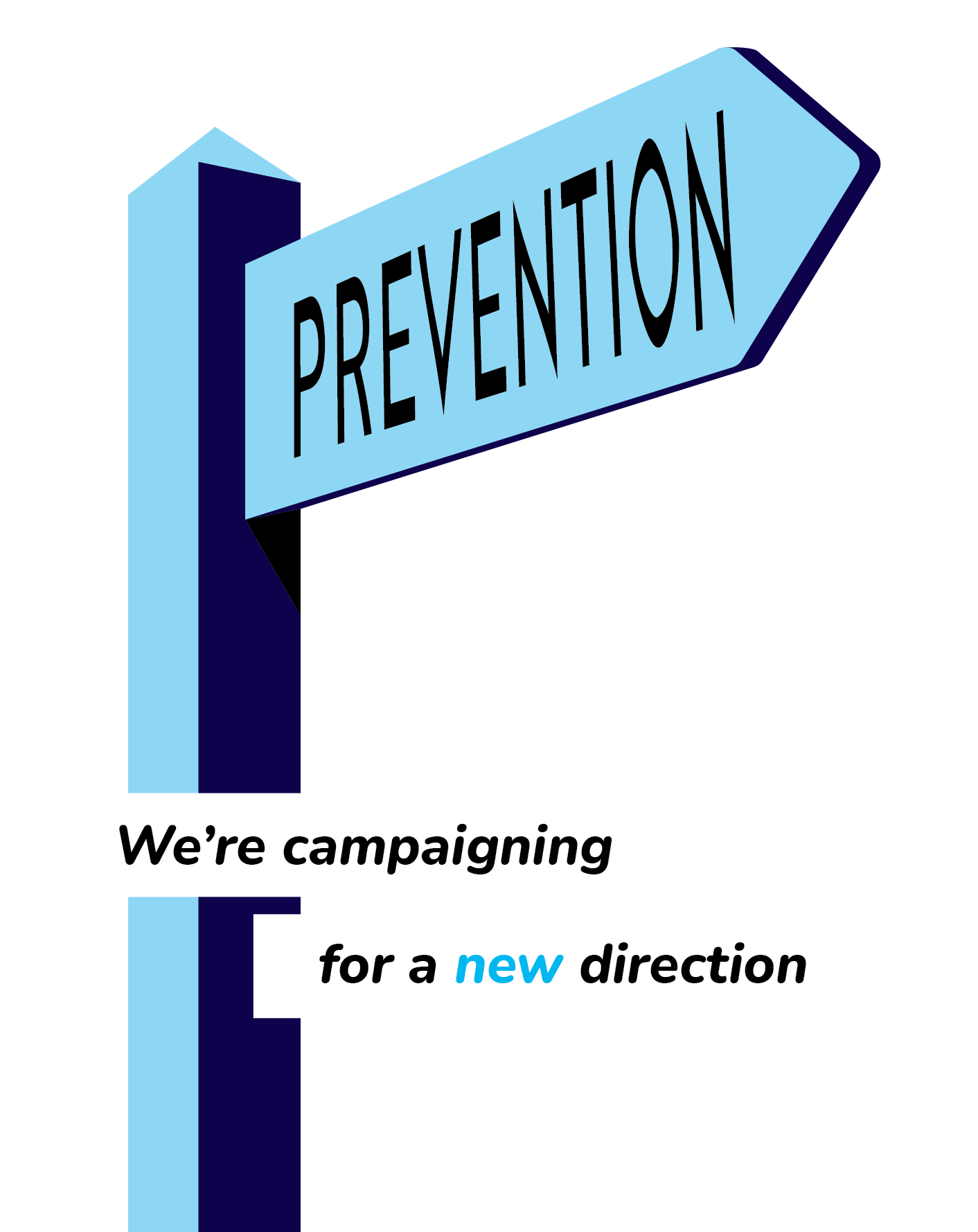What is SAD
Do return to this site as we develop it and bring you more information…
The SAD we are talking about can have significant detrimental effects on wellbeing, on ability to function, and on quality of life. It can cause life-changing damage, and even premature death.
You may know SAD to mean Seasonal Affective Disorder. It does mean that.
And much more than that.

SAD stands for a collection of challenging conditions, which can affect children, teens and adults, all related to Stress, Anxiety and Depression.
As well as chronic stress, anxiety and depression themselves, SAD can be behind a whole host of health issues, such as:
- Postpartum depression
- Fractiousness in babies
- Anxiety in toddler
- A host of childhood difficulties
- Adolescent depression, self-harming and suicidal thoughts and intentions
- A multitude of addictive and compulsive actions in adolescence and adulthood
- Seasonal Affective Disorder
We emphasise this family of conditions and the relationship between stress, anxiety and depression as being something called “SAD”.
It’s important to know that feeling stressed, anxious or low are feelings that we all, at some time, are likely to experience. They are normal. SAD emerges when these feelings become persistent or overwhelming, causing maladaptive behaviours and impacting the ability to function in life.
Whilst chronic stress, anxiety and depression can manifest as separate conditions, there is an understanding that they may also be a line of symptoms of a single, as yet, misunderstood condition.
Treating stress, anxiety and depression as three discrete conditions doesn’t fully capture the individual experience. Although there are commonalities in symptoms for each labelled condition, ultimately people are unique in the way they present with SAD.
Where the focus needs to be is on preventing SAD, however it presents, from developing in the first place.
SAD is a massive problem. Its effects reach individuals, families, employers, schools, communities and healthcare providers. It costs trillions. The remedial support available is no way near enough to cope with the current mental health crisis.
A new approach is needed:
Preventative programmes that can reduce the likelihood of SAD developing in the first place. Proactive solutions that provide support over a lifetime.
ReducingSAD

Copyright® WhatIsSAD.com | 2024